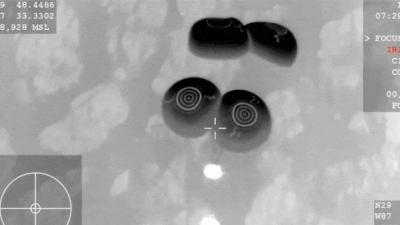
Nasa’s Crew-8 mission has safely returned to Earth after 236 days in space. The team, consisting of Nasa astronauts Matthew Dominick, Michael Barratt, Jeanette Epps, and Roscosmos cosmonaut Alexander Grebenkin, successfully splashed down off the coast of Pensacola, Florida, marking the end of their extensive mission aboard the International Space Station (ISS).
The SpaceX Dragon spacecraft, which carried the crew back to Earth, completed its deorbit burn as planned, with splashdown confirmed at 3.29am EDT. The mission saw the crew orbit Earth 3,776 times, covering an impressive distance of approximately 100 million miles. During their time aboard the ISS, they witnessed the arrival and departure of eight spacecraft, reflecting the ongoing operations at the station.
Smooth descent and landing
The final phase of the crew’s return proceeded smoothly. At around 18,000 feet in altitude, the drogue parachutes were deployed, slowing the spacecraft from 350 miles per hour. Shortly after, the main parachutes were deployed at 6,000 feet, further decelerating the spacecraft to a safe speed of 119 miles per hour, ensuring a controlled and secure splashdown.
The crew had undocked from the ISS’s Harmony module earlier, at 5.05pm EDT, beginning their journey back home aboard the Dragon spacecraft.
What is SpaceX’s Dragon?
SpaceX’s Dragon is capable of carrying up to seven passengers to and from orbit. It remains the only operational spacecraft capable of returning significant cargo back to Earth. The Dragon made history as the first privately developed spacecraft to transport humans to the space station.
Equipped with two drogue and four main parachutes, the Dragon ensures a safe reentry and descent for its crew, maintaining SpaceX’s reputation for reliable and efficient spacecraft operations.





